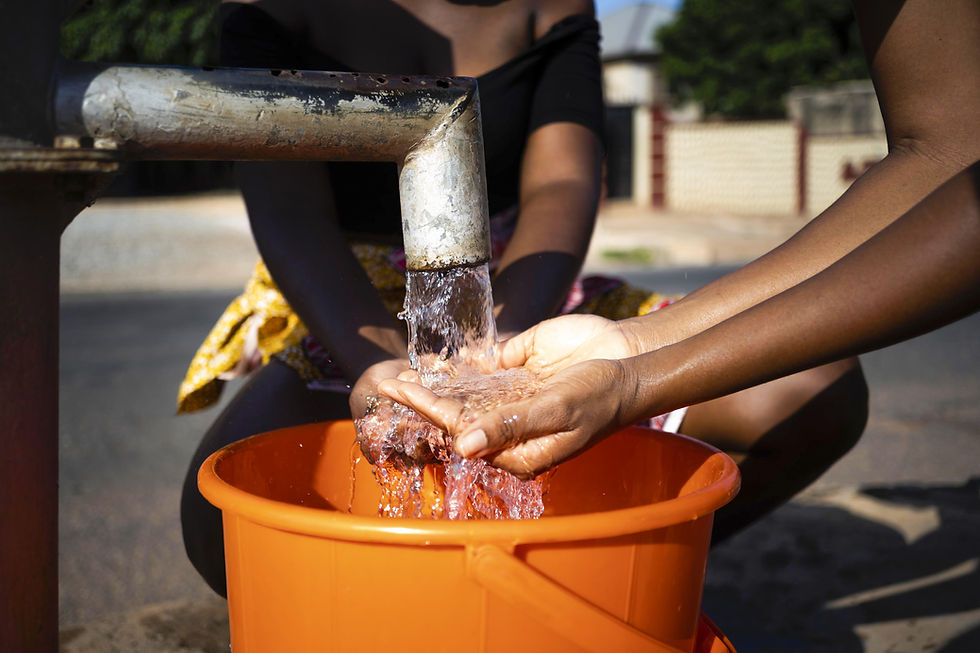A Call for Transparency and Protection of Our Water
- SAUMA

- Sep 3
- 3 min read

Dear fellow Namibians,
Following a recent exclusive meeting between Headspring Investments and the chair of the Parliamentary Standing Committee on Natural Resources, Dr Tobie Aupindi, and the Governor of the Omaheke Region, Dr Aupindi lamented the opposition to the development of a uranium mine in the underground drinking water aquifers in the Leonardville area, citing the lack of scientific evidence.
This is far from the truth. It is time to inform the wider public about the facts of this matter.
SAUMA has repeatedly presented objective and rigorous scientific proof at many public meetings since 2021, warning of the dangers to health and safety of such a mine. SAUMA has amassed compelling evidence, enough to sound every alarm on undertakings of this magnitude, from more than 100 international publications and expert reports on the subject. Our case is not rooted in speculation but in an abundance of science. The proposed in situ leach uranium mining project represents a looming catastrophe for Namibia - a threat we cannot allow to materialise.
SAUMA stands ready to engage meaningfully with Dr Aupindi and the Parliamentary Committee on Natural Resources and provide committee members with scientific data. Dr Aupindi would then be able to demonstrate that he has given full attention to both sides of this debate and his presentation to Parliament would be balanced and factual.
UNESCO and ORASECOM representatives previously urged for an independent study of water flow, among other critical recommendations, during a meeting at Lapa Lange Lodge, Mariental. To date there has been no communication regarding the progress of this study or the identities of those entrusted with its execution.
When the mining company failed to comply with the stipulated conditions of its drilling permits, those permits were rescinded by the Government - a necessary act in the face of gross non-compliance.
The notion of mining and agriculture coexisting harmoniously is painted in alluring hues. But what becomes of this vision when pollution and contamination threaten agriculture - the lifeblood of employment for more than 70% of Namibians?
If our access to clean drinking water is compromised, agriculture may be undermined and ultimately destroyed. The ripple effects would be severe: a decline in tourism, plummeting meat and grape exports, lost jobs, diminished food production and the unravelling of livelihoods and ecological health.
The following is a brief summary of the dangers such a uranium mine would pose:
In situ mining injects chemicals into the drinking water to dissolve the uranium;
Many thousands of boreholes are drilled, 20-30 m apart;
Problems like leakages are underground where they cannot be seen;
Boreholes pose numerous problems allowing the mine solution to escape;
Uranium content of the mine solution can be 30 000 times above the WHO safe
guideline for drinking water;
Irrigation in this key food production area presently pumps over 700 cubic meters of
water from the aquifer every hour, 24 hours a day, every day, all year round. This
draws water from an area of 8 000 square kilometers into the irrigation boreholes, a
single irrigation borehole also draws water from up to 40 km away. This will draw
high-grade mine solution out of a mine area and contaminate large areas of the
aquifer with high levels of radioactivity;
Contamination of the aquifer will be widespread and uncontrollable;
WATER IS LIFE.
Team SAUMA








Comments